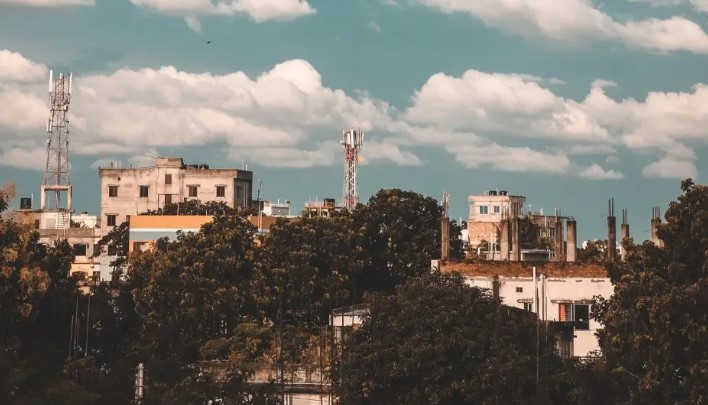Bangladeshi news broadcaster Ekattor Television claimed that Rajshahi, a city in the country’s northwest, is the cleanest in Asia. The report did not cite any sources or research in support of their statement. But then overnight, the news spread on social media.
Although several news reports in 2016 said that Rajshahi has done the best in the world in reducing particulate matter and air pollution, the report does not mean that Rajshahi has the lowest particulate matter among Asian cities. Rather, the Air Quality Index of the Swiss firm IQAir lists Rajshahi’s air as “unhealthy”, and the index includes many cities or towns in Asia with better air quality than Rajshahi.
It consists of six functions, including the Environmental Index, which examines how sustainable a city is. Commitment to climate action, renewable energy rate, waste recycling rate, CO2 emissions per capita, comfort level of temperature, water quality, urban greenery, and satisfaction with urban cleanliness are analysed as indicators. Sweden’s Stockholm tops this list. Asia’s leading cities include Singapore, Tokyo, Seoul, and Taipei, which are ranked 12th, 13th, 14th, and 19th, respectively, among the top 20 cities in the world.
Even not in Asia; if we look only at Bangladesh, there is barely any information to say that Rajshahi is the best. According to the Department of Environment of Bangladesh, Rajshahi had higher AQI values than even Dhaka and Chittagong which means Rajshahi’s air quality is in some cases worse than that of these two cities.

